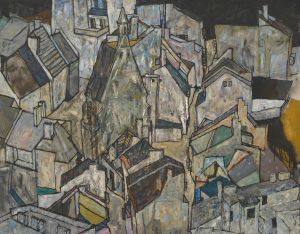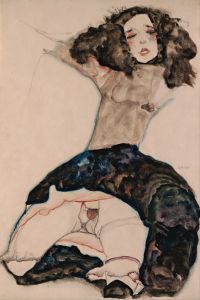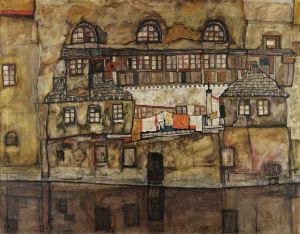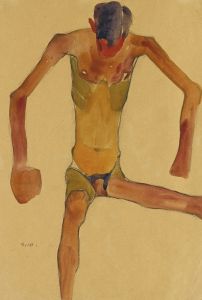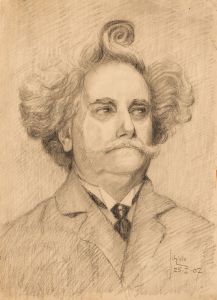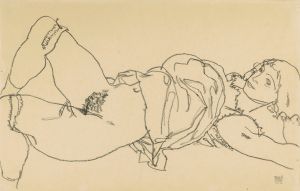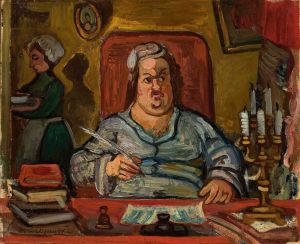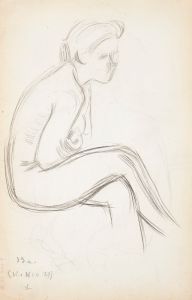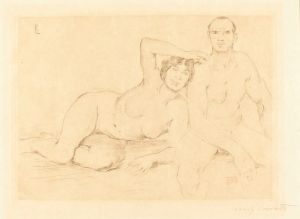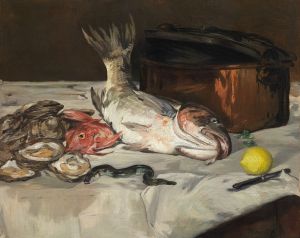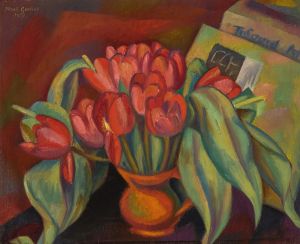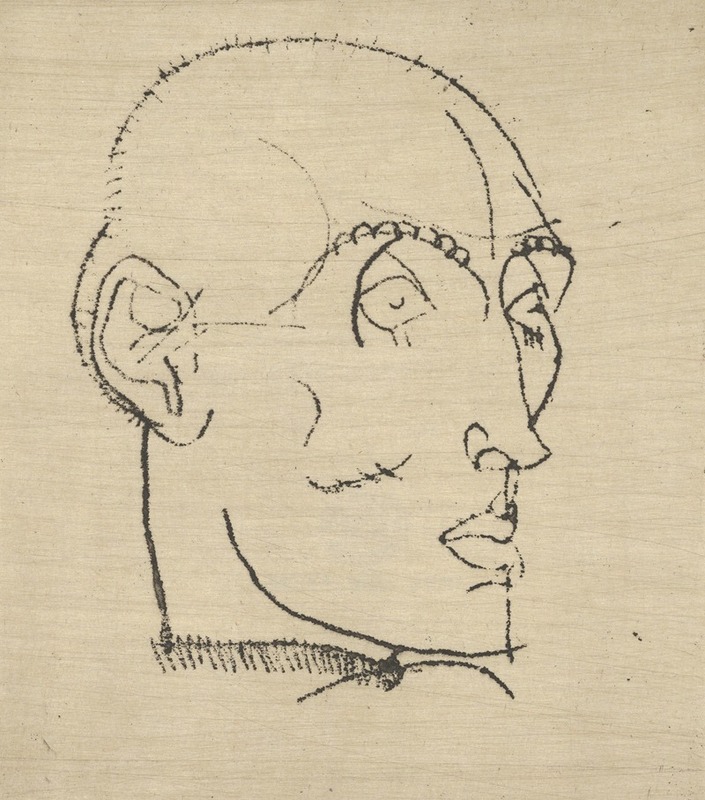
Portrait of a Man
A hand-painted replica of Egon Schiele’s masterpiece Portrait of a Man, meticulously crafted by professional artists to capture the true essence of the original. Each piece is created with museum-quality canvas and rare mineral pigments, carefully painted by experienced artists with delicate brushstrokes and rich, layered colors to perfectly recreate the texture of the original artwork. Unlike machine-printed reproductions, this hand-painted version brings the painting to life, infused with the artist’s emotions and skill in every stroke. Whether for personal collection or home decoration, it instantly elevates the artistic atmosphere of any space.
Egon Schiele's "Portrait of a Man" is a notable work by the Austrian Expressionist painter, renowned for his intense and raw portrayal of human figures. Schiele, born in 1890 in Tulln, Austria, was a protégé of Gustav Klimt and became a significant figure in early 20th-century art, known for his distinctive style that often explored themes of sexuality, existential anxiety, and the human condition.
"Portrait of a Man" exemplifies Schiele's characteristic approach to portraiture, where he often focused on capturing the psychological depth and emotional intensity of his subjects. Schiele's portraits are marked by their expressive use of line, bold color contrasts, and a tendency to depict figures in unconventional poses. This particular portrait reflects his ability to convey the inner life of his subjects through exaggerated features and stark, almost confrontational, compositions.
The painting likely dates from the period between 1910 and 1918, a time when Schiele was at the height of his artistic powers. During this era, Schiele's work was characterized by a more mature style, moving away from the more decorative elements of his early career and towards a greater emphasis on psychological insight and emotional expression. His portraits from this period often feature a limited color palette, with a focus on earthy tones and stark contrasts that enhance the emotional impact of the work.
Schiele's technique in "Portrait of a Man" involves the use of sharp, angular lines and a somewhat distorted representation of the human form. This approach is typical of Schiele's work, where the distortion serves to emphasize the emotional and psychological state of the subject. The background is usually minimalistic, drawing attention to the figure and allowing the viewer to focus on the subject's expression and posture.
The identity of the man in the portrait is not definitively known, as Schiele often painted both acquaintances and anonymous models. However, the intensity of the gaze and the detailed rendering of the facial features suggest a personal connection or a deep interest in the character of the subject. Schiele's portraits often blur the line between the personal and the universal, inviting viewers to engage with the emotional and existential themes that permeate his work.
Egon Schiele's career was tragically cut short when he died in 1918 at the age of 28, a victim of the Spanish flu pandemic. Despite his brief career, Schiele left a lasting impact on the art world, influencing subsequent generations of artists with his innovative approach to portraiture and his unflinching exploration of the human psyche.
"Portrait of a Man" remains a testament to Schiele's skill as a portraitist and his ability to capture the complexities of human emotion. The painting is a part of the broader body of work that continues to be studied and admired for its contribution to the Expressionist movement and its profound insight into the human condition.






